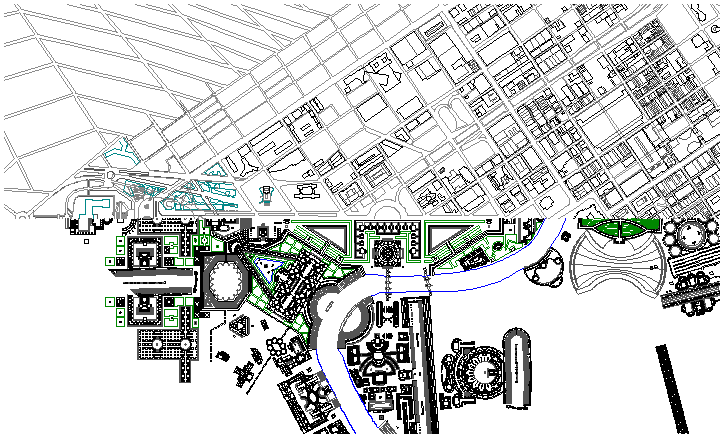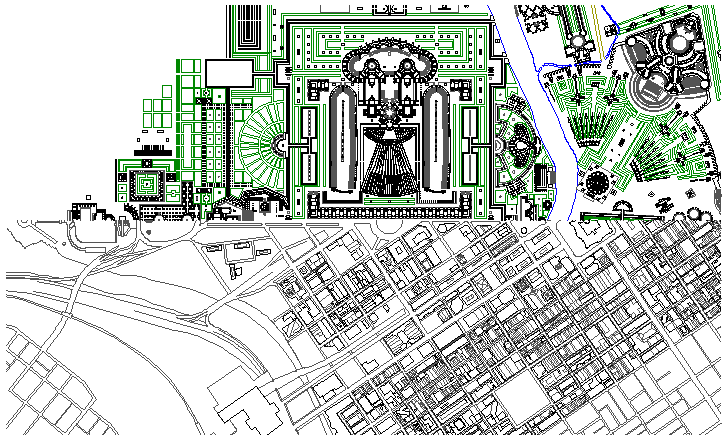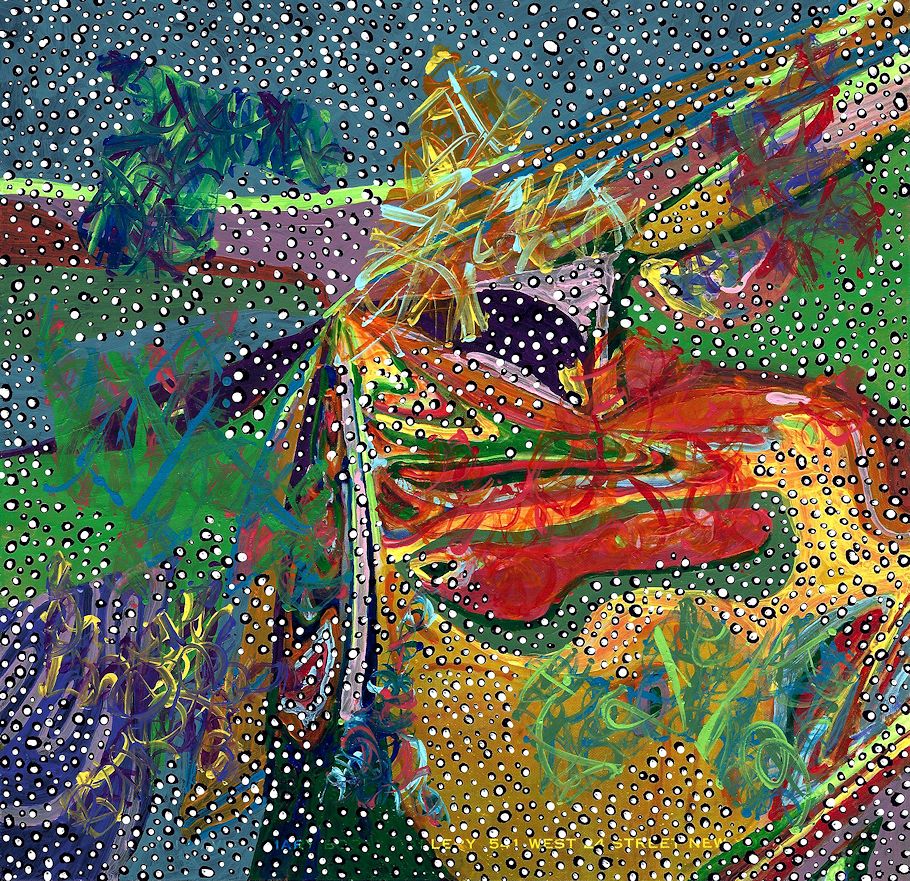14 August 1778
The new Circus Maximus plan drawing is finished and ready for transfer by the end of the day. Erasure of the six circus plans within the 'Ichnographia Campus Martius' copper plates is almost a third done. The work is taking a little longer than expected, but Laura is doing most of the scraping and burnishing on her own, although she has mastered the two-handed technique as taught to her by her father.
14 August 1977
Lido
The Roman beach was very middle class. The Tyrrhenian was very salty and great to float in. We left the beach at about 5:30. We stood the whole way home on the subway.
...ate dinner on the other side of the river. First night the group split into smaller groups. Took a walk to see St. Peter's for the first time. It was a great experience to see the (not floodlit) dome looming in the darkness. The piazza was practically empty [about a dozen people including a father and his young son on a small bicycle], and the architecture had this yellow glow from the few lights that were on.
Standing at the center-point of the colonnade was inspirational.
The colonnade is huge, and so is the basilica.
14 August 1997
part 1b: my reŽnactment
There are texts in Collingwood that I should analyze and quote.
There also seems to be text in Foucault that is relevant.
I also want to search in Paley for any other reenactment texts.
part 1c: archeological accuracy
My point is more that the program (the buildings but not their designs) of the Campo Marzio is archeologically correct.
I will relate the building references in the Campo Marzio text with the plans in the Ichnographia.
part 1f: fertilized architecture
Fertilized architecture will come from the text of Tafuri 1 and from the "genetics" of the plans.
part 1g: Piranesi's imagination
I will here elaborate on my notes and also relate back to the "redrawing" of history, fertilization, and then assimilation and metabolism, and ultimately the dawn of the virtual.
I will also address the extremism of Piranesi and the Campo Marzio in particular.
This section will essentially tie together all my ideas expressed throughout Part I.
part 1h: the Campo Marzio and virtuality
Try to express the idea that the Campo Marzio "breaks ground," breaks away and manifests a new realm, the virtual realm.
The virtual realm is both real and unreal; it is like osmosis and perhaps the Campo Marzio is the membrane through which the real and the unreal reach an equilibrium.
This could be where I address the similarities between Baroque Rome and the Campo Marzio.
part 1i: the Campo Marzio today
I will here address all the "new" ways that the Campo Marzio (the Ichnographia) can be analyzed and used for inspiration.
This is where I will introduce the contiguous element theory, and in a way I could treat the exercise as turning Piranesi's Campo Marzio back into a "ruin"--a next (virtual and bizarre) step in "redrawing" history.
I like the backward/forward approach. It is a fitting conclusion to my overall "historical" analysis.
part 2b: the Triumphal Way
Elaborate on everything I already have in the notes and end with the architectural promenade theory.
Start to generate aerial perspectives of the Triumphal Way.
Perhaps begin a 3-D modeling of the Campo Marzio.
part 2d: axes of love and war
Draw a comparison between the life axis and the Equiria.
continuation of the metabolic theme.
I may also introduce the theme of equilibrium(?).
part 2e: downtown vs. suburbia
This is where I contrast the location, density, and scale of the various regions of the Campo Marzio.
I will also relate the above notions to urban reality today, and thus raise the question of whether this brings some reality to the Campo Marzio as well.
part 2f: pomp & circumstance
The pervasiveness of tombs and sepulchers throughout and its possible symbolism of commencement de le fin.
The beginning/end theme will provide the opportunity to analyze Tafuri's notions deeper.
14 August 2003
Philadelphia's Benjamin Franklin Parkway matches exactly the long axis of Piranesi's Ichnographia Campus Martius, with the Philadelphia Museum of Art at one end matching the Nympheum Neronis, Logan Circle at the middle of the Parkway matches Hadrian's Tomb, and the tiny intercourse building at the other end matches the location of the Robert Indiana LOVE sculpture at the entrance to JFK Plaza.


14 August 2022


|